Hits: 32
Which is the best choice for you?
PROS OF MIRRORLESS
Weight: Mirrorless cameras are lighter and more portable than DSLR equivalents.
Viewfinder information: The electronic viewfinders (EVFs) of mirrorless cameras are very flexible, you can call up and dismiss a wealth of information, such as a live histogram, electronic level and other shooting information.
High-quality lenses: The shorter mount-to-sensor distance of mirrorless cameras means it’s easier to design higher-quality lenses, especially wide angles, it’s also easy to adapt third-party lenses to the cameras using adaptors.
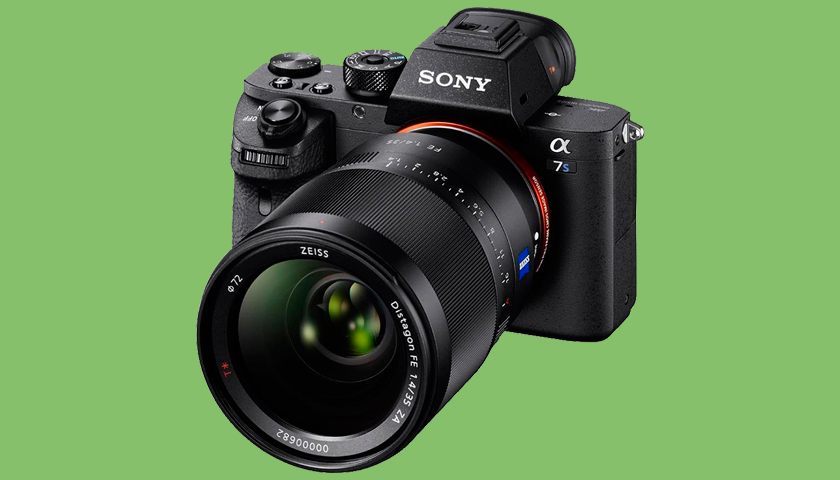
CONS OF MIRRORLESS
Is smaller better? Mirrorless cameras are lighter – a good thing – and usually smaller than DSLR counterparts. But the size can cause problems for photographers with large hands, who may find controls fiddly.
Battery life: Mirrorless cameras will never be able to match DSLRs when it comes to battery life, as EVFs use a lot of power compared to the optical viewfinders (OVFs) found on DSLRs.
EVF quality: EVFs have come a long way, but not everyone likes them. They can struggle in low light, producing a grainy image and it’s not always easy to see shadow detail.
PROS OF DSLRS
Direct controls: DSLRs have larger bodies by necessity, so it’s easier to add dedicated controls for specific functions, which can make for fast and easy handling in the field.
Lens range: DSLRs have been around long enough for each manufacturer to have developed a full system. They have a wide range of lenses, including specialist optics such as tilt-shift lenses, to choose from.
Viewfinder: Many photographers still prefer an optical viewfinder as it gives a bright, clear view of the scene, which is more ‘real’ than looking through an EVF.
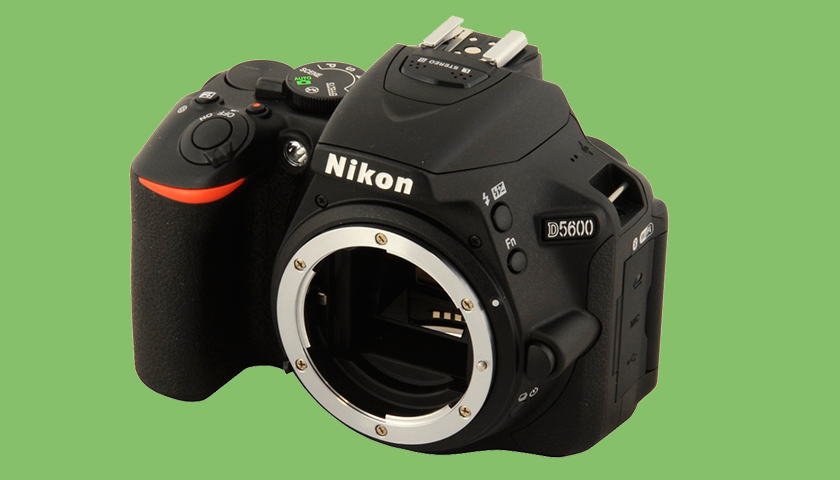
CONS OF DSLRS
Size and weight: DSLRs are heavier than their mirrorless equivalents. This can make quite a difference on a long hike, or when packing bags with airline weight restrictions in mind.
Reviewing images: You can only review images on the rear LCD, which can be difficult to see in bright light; mirrorless cameras enable you to review the image in the viewfinder as well.
Third-party lenses: Although DSLRs generally have a wider range of native lenses than mirrorless cameras, the opportunities for using third-party lenses via adaptors are far more limited.

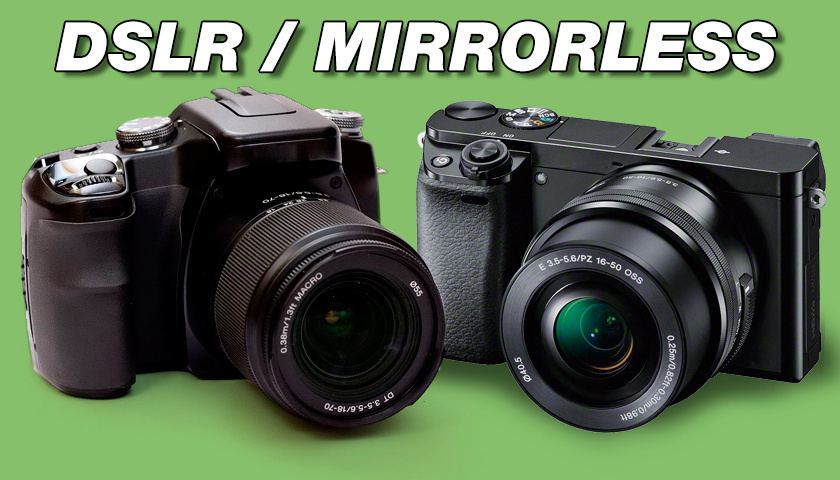
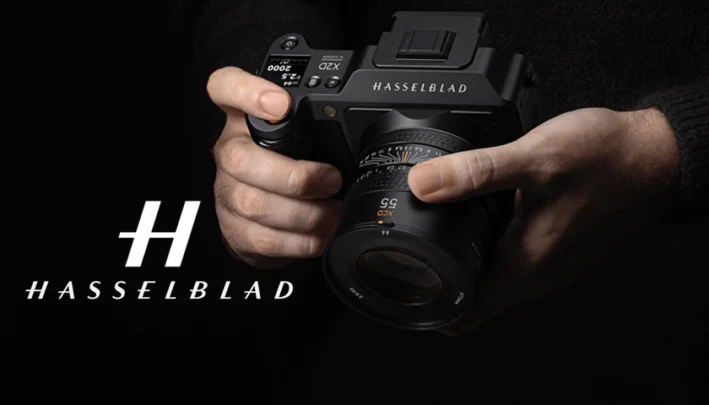
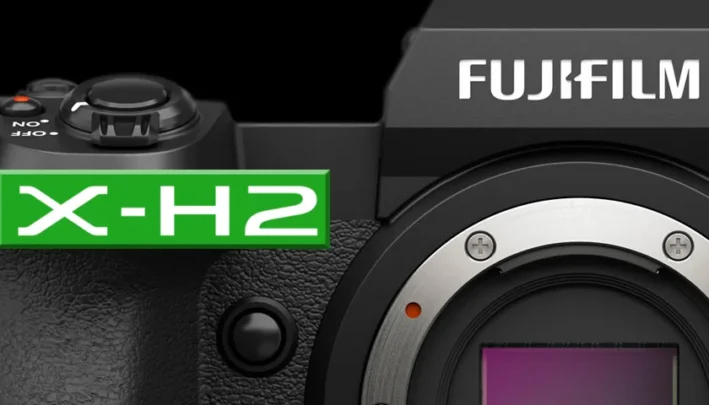
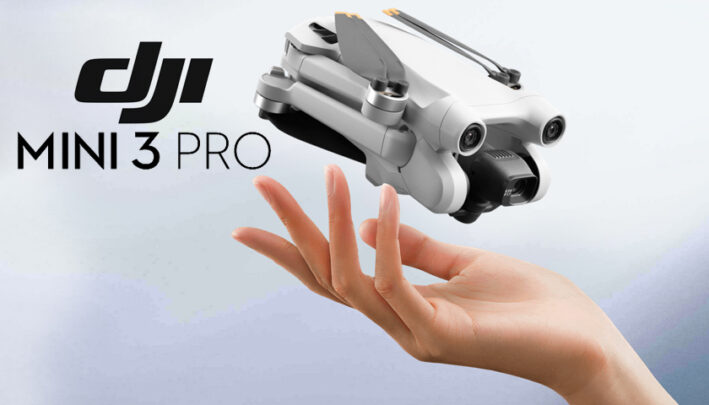
[…] ISO, but don’t worry about pushing it up as high as 1,600 or more if the light levels require it: modern digital cameras have become very good at handling […]
[…] Canon’s prestigious L-series lineup, this is the first-choice zoom for astrophotography with a DSLR. The maximum viewing angle is less extreme than that of the EF 11-24 mm f/4L USM, but the 16-35 mm […]
[…] Source: MIRRORLESS VS DSLR: PROS AND CONS | PHOTO-TREND […]